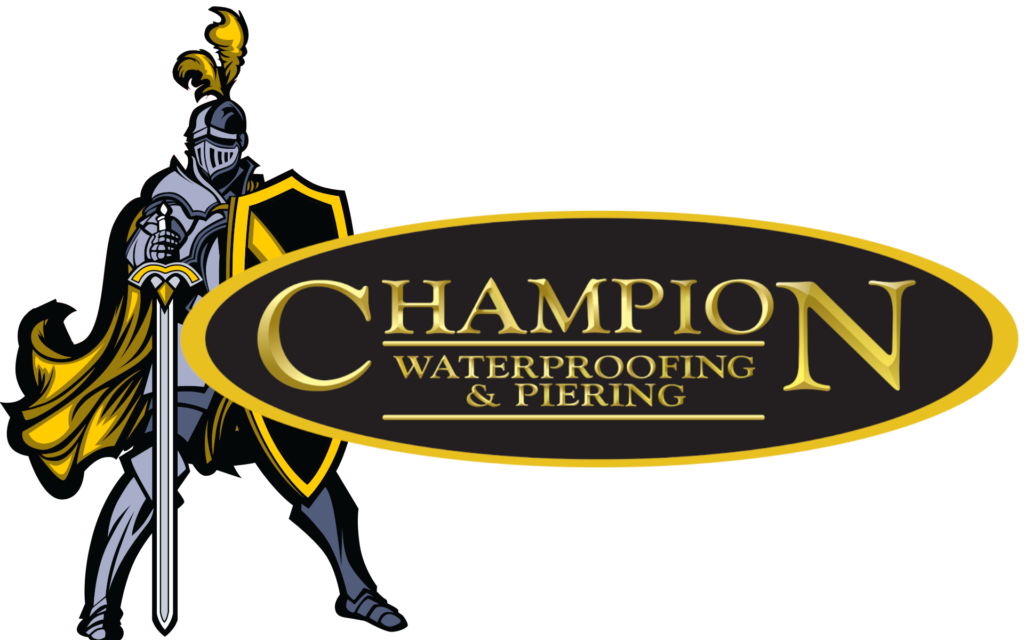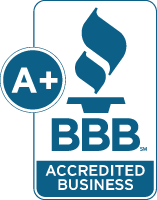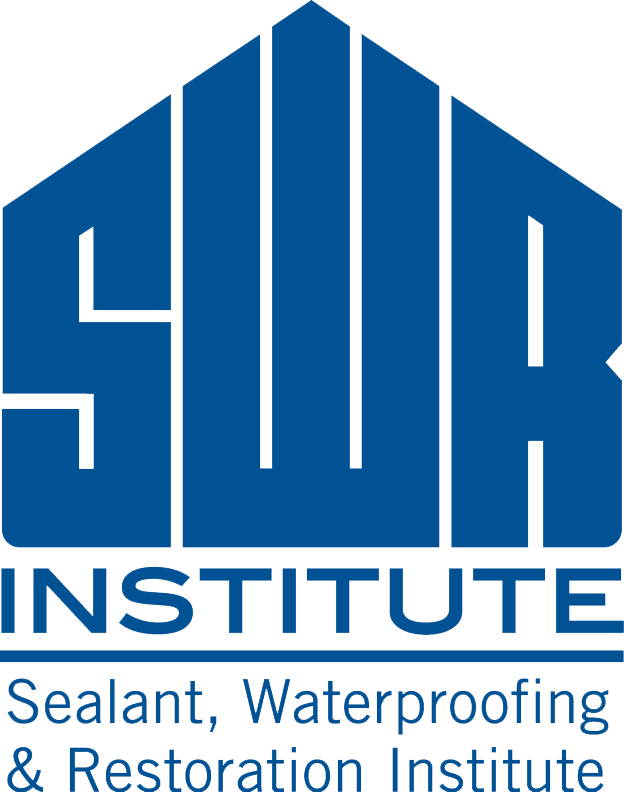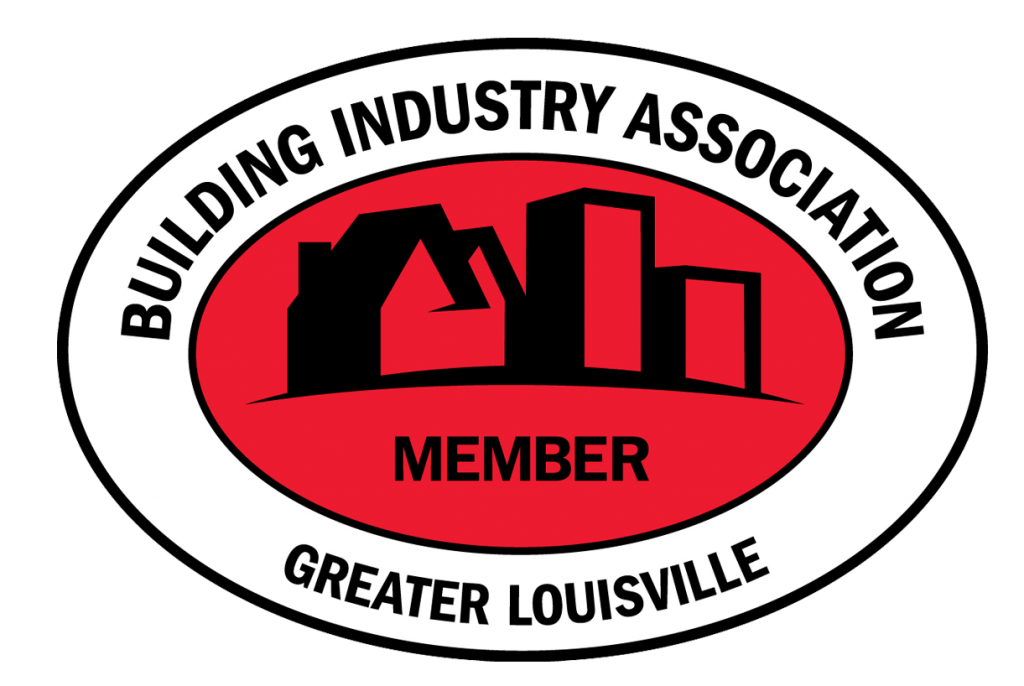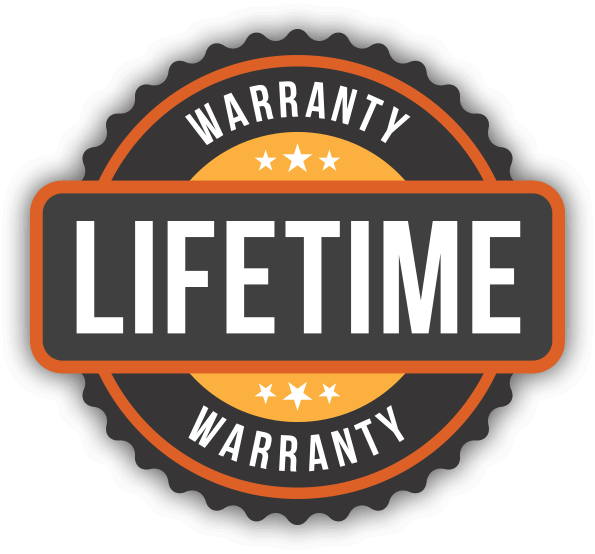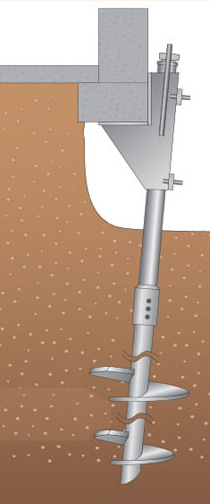What Are the Different Uses and Application For Helical Piers and Piles?
In Kentucky and Indiana, helical piers are excellent for projects where there is a need to resist a tension, compression or both. When combined with helical brackets, screw anchors are great foundation repairs. For many years, they have been used in utility and civil construction for underpinning and soil nail applications. Helical piers offers many benefits. They help stabilize settling foundations, fix leaning chimneys, and repair cracked/bowed walls. The foundation is arguably the most important part of the home. It distributes the weight of your home to the soil below. Properly built foundations will prevent structural settlement and water from entering your home. However, over time the elements may take a toll on the foundation. Improperly compacted fill soil or poor maintenance of the soul around the foundation can cause foundation settling and shifting. Whatever the cause, foundation settlement needs to be taken care of. The sooner the foundation settlement problem is discovered, the better. We will stabilize settling foundations, repair cracked or bowed walls, and fix leaning chimneys. If you notice that your home is beginning to settle call Matthews Wall Anchor! We will raise your home to its designated elevation.
Champion Waterproofing & Piering recommends that only a registered engineer design and oversee the design and application of helical piers when used in foundation repair or new construction projects. Remember, not all helical piers are equal. On your next project make the helical pier your foundation repair solution of choice.
How Are Helical Piers Installed?
How are helical piers installed? First, helical piers are hydraulically driven deep into the soil and the bearing strata. Second, we hand dig holes at each point and chisel the footer so it can be accessible. Next, we insert the spreader beam. It is placed beneath the foundation and attached to a bracket. After installing the spreader beam, we install a steel pipe that is placed in the footer hole for the hydraulic torque drive. The steel pipe is attached to a hydraulic drive and drills through the soil. Next, the helical extensions are inserted until the helical is secured into the soil. After the drilling process, the extra section of the pipe is removed. Brackets are placed in the correct position beneath the spreader beam. The bracket is placed directly onto the footer. The bracket is attached to the foundation and the footer. Finally, we lift the foundation. The weight of the home is moved from the damaged soil onto the helical piers. The footer hole is filled in with soil. This process is repeated throughout the home’s perimeter.
To lift leaning chimneys back into place or support steps that may be settling or pulling away from your foundation, our team of professionals use quality helical piers to repair your foundation. So if you see signs of foundation failure, call us today to see how our helical piers systems can help you.
